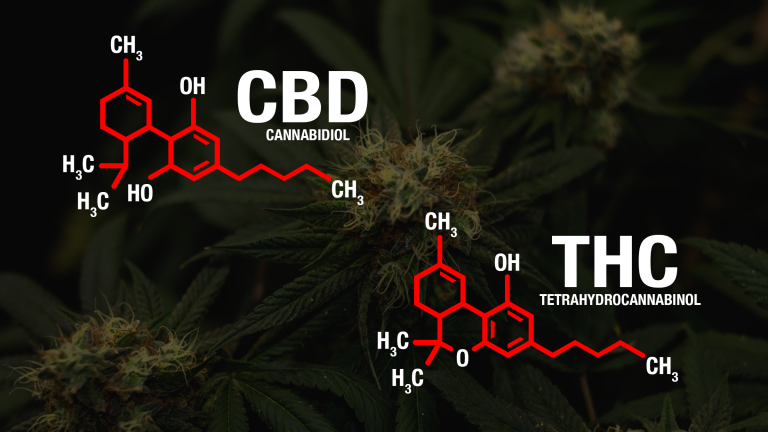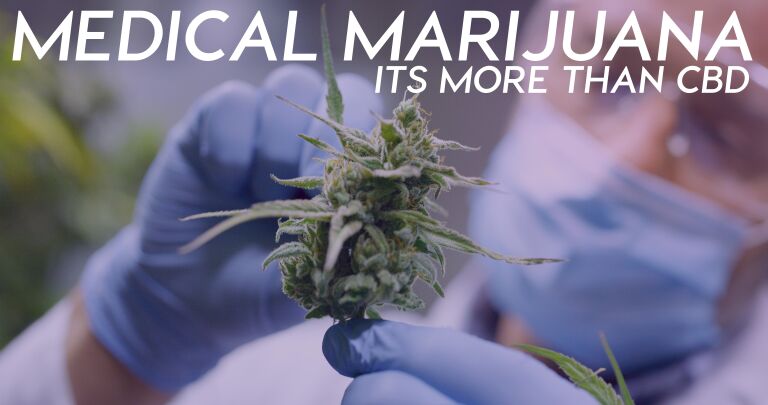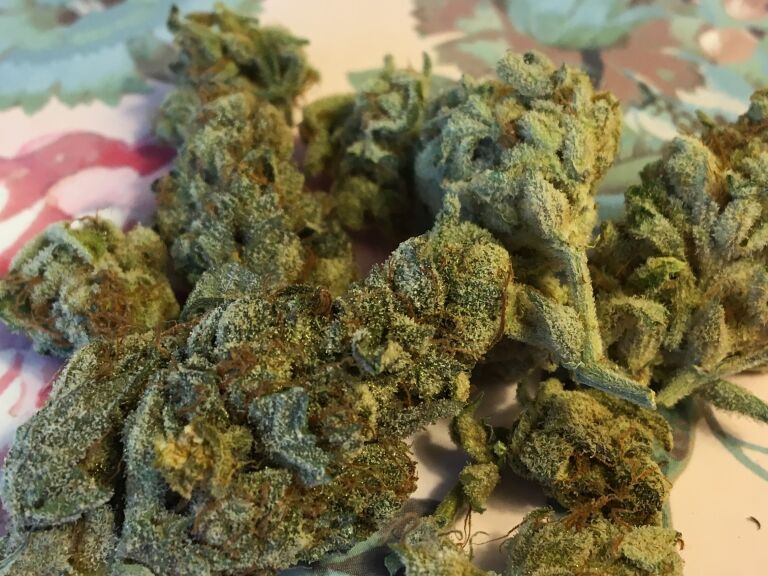Even in non-intoxicating formulations of high-CBD and low-THC cannabis will modulate your emotional tone, gently coaxing you towards a more positive interpretation of the world you’re experiencing. For the creative individual, this tendency to view the world through a less fearful lens opens up the psyche to broader possibilities for artistic expression.
As a writer, I’ve always been curious about why cannabis has the effects it does on my creative mind.

Cannabis use has a number of positive effects on the creative mind searching for inspiration and expression. With proper dosing to meet the individual need, the artistic mind enhanced by cannabis can expect:
- an uptick in inspirational thought.
- a decrease of the fear response, freeing up impulse and inspired thought.
- the patience to wait for inspiration to flow.
- a childlike wonder of the world that heightens curiosity.
- increased awareness of your senses.
- openness to thinking “outside the box.”
- a willingness to consider diverse ideas that may not, on the surface, look like they belong together.
- more “Aha!” moments.
- a deep sense that we are all connected to the universe.
- better sleep patterns that generate healthier memory recall.
These cannabis benefits are expressed in anyone who uses cannabis for medicinal or adult use, but the creative brain has a bit of different wiring that allows for deeper effects and the increased potential to bring about new and unique insights and creations.
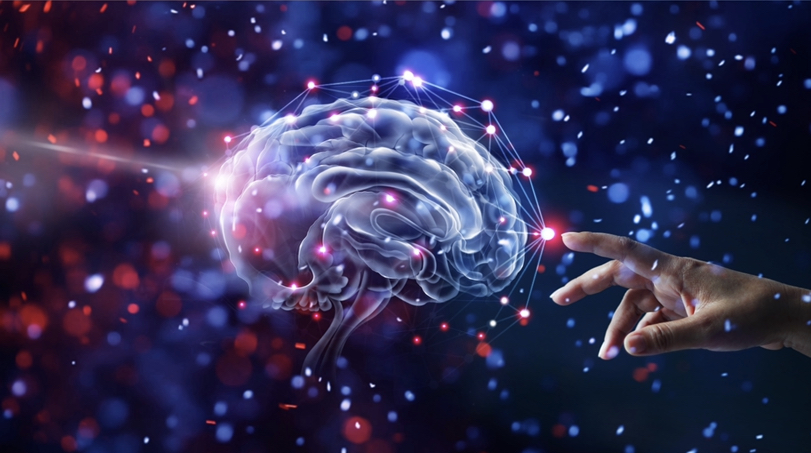
The biological uniqueness of the creative brain
Independent Hemispheres
To begin with, the corpus callosum (the bundle of nerve fibers that separate the two hemispheres of your brain) will be smaller in the creative brain than one would find in a brain more inclined to more linear thought. Because of this, the creative brain can decrease the connectivity between the hemispheres, allowing them to incubate ideas independently before shooting that thought energy off to other brain regions for further processing.
Increased Gray Matter
Creative brains also have more gray matter, the glial cells that are the bodies of all those nerve fibers in the corpus callosum feeding sensory data to the cortex and connecting all brain cells to each other. Most importantly, there’s an increase in the gray matter of the posterior cingulate cortex (PCC), the upper part of the limbic system, where it supplements emotional memory recall, and in the case of the creative psyche, could be the kickstarter of creative thought.
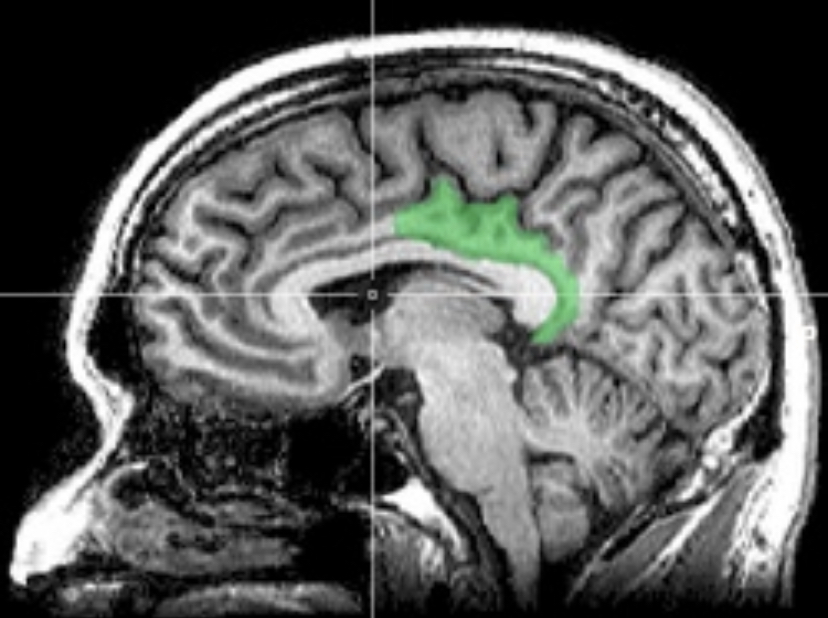
When operating in balance, the PCC gives you the ability to process information without the burden of heavy memory and emotion, a necessary function for the free-flowing creative process. We know that its dopaminergic system is modulated by ECS receptor CB1, which in turn can be activated by THC.
A smoothly processing PCC can make novel connections, detect patterns, and make sense out of symbols, all valuable traits for thinking beyond the norm. Using dopamine signaling to generate greater, more acute awareness while awake, the PCC makes it easier for the brain to be motivated to create.
The PCC may also be the origin of that ever important satisfied feeling that all artists strive for.
Dynamic Connectivity
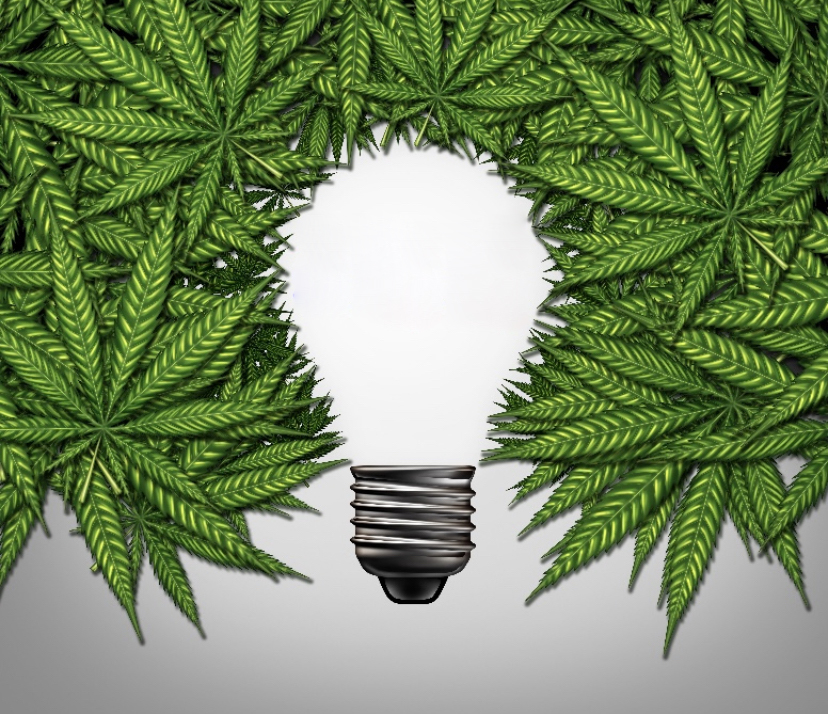
A creative brain produces more serotonin, increasing connectivity between cells, improving speed, efficiency, and diversity of signaling. Both THC and CBD are involved in modulating serotonin levels throughout the body.
The interplay of phytocannabinoids (those from cannabis) can have dramatic effects on the brain chemistry to generate creative expression. One important thing to keep in mind: while a low dose may help you get the creative focus you’re looking for when you hit that vape, too much can actually interfere with the brain’s ability to stay on track, and you may find yourself drifting off when you really meant to stay in the flow.
It’s an individual thing, and one I personally don’t find applies to me.
The unique offerings of cannabinoids
Cannabis creates an essential oil filled with signaling molecules your brain and body will use to supplement the work your ECS does to keep all of you in balance. Cannabinoids, terpenes, flavonoids and much more, all of which have their own signature effects on your healing and creative brain and body, will be included in the formulations of full-plant extractions.
Blood flow to the rescue
Right from the start, cannabis increases blood flow to the frontal cortex, the complex decision-making center of all you think and do. Riding in that nurturing stream will be peptides that influence thought processing.
Cannabinoid choices for creative minds
For many artists and writers, it’s THC that shoots the imagination beyond the constrictions we usually enforce in our daily social circles. To be truly creative, you need to drop the resistance to letting the mind ignore everyone and everything for the moment while you explore unexpected connections. THC-fueled euphoria safely and consistently allows you to space out sufficiently to allow the flow of inspired thought.
It’s not all about divergent thought

Divergent thinking starts from one point and expands outward, breaking out of the box in search of new associations and unique insight. Convergent thought starts out with all the facts and works its way back to the solution that’s the best fit.
A creative mind spends more time in divergent thought, searching for new ways to approach life, but when the “Eureka!” moment presents itself it’s the ability to apply convergent thought that gets you to the finished product. There’s a potential for writers in particular that a 2:1 THC:CBD ratio can expand the language connections, increase divergent thinking, and help the brain focus on the final task of getting your marvelous new creation to a presentation stage.
Cannabis expresses individually, encouraging an exploratory approach to dosing. I personally always run on high-THC, morning, noon, and night.
What about terpenes?

We know that it’s the terpenes that’ll direct the experience of cannabinoid signaling. Keeping in mind that cannabis is an individual expression and it’s impossible to make blanket statements, a few terpenes do tend to show up more consistently in the strains and products chosen by those with a desire for mind expansion.
- A-Pinene, for its ability to protect short-term memory.
- B-Caryophyllene, adding alertness akin to what’s anticipated from CBD.
- Limonene, the bright light of the consciousness, opening the mind to greater possibility.
- Terpinoline, stimulating expansive thought.
- Eucalyptol, uplifting, energetic and thought-provoking.
- B-Ocimene, to bring balance to the buzz.
This is not, by any means, a complete list. Every creative brain will respond in its own way to cannabis, and there are many components other than terpenes creating the synergistic dance within cannabis essential oils.
The surprising importance of sleep
Creating is all about learning new ideas and techniques to expand your possibilities of expression. Once the technical expertise of your chosen artform is mastered you may find yourself working right through normal sleep times. However, during the learning and training stages healthy sleep patterns of 8 hours a day on average reinforce memory processing.
Adequate sleep before learning something new primes the brain for storing all that data in short-term memory. Following up with deep and refreshing sleep allows the brain to process that knowledge into long-term memory where it’ll be accessible when you need it next. Denying yourself sleep will disrupt the learning cycle.
Time it right
Cannabis is renowned for promoting healthier sleep patterns. As a general rule, a small dose of THC will help one drop off sooner and sleep more soundly. Try taking the last dose of THC about an hour ahead of bedtime if you find it’s interfering with your cycles. Also, CBD will be more alerting than you’ll expect when taken too close to bedtime. Try taking the last CBD dose 2 hours before calling it a day.

What we’ve learned
Although everyone’s brain will generate creative thought, the brains of those who are driven to deliberately express themselves creatively are wired differently. Increased connectivity and stronger sources of motivation and reward, coupled to a sense of wonder that inspires exploration beyond the self are all, to a certain point, genetically determined. Training and disciplined performance take care of the rest.
From inspired thought to the intense energy of learning, practice, and performance, the endocannabinoid system works to balance the flow of signaling molecules, keeping dynamic creative forces active and vibrant in the brain searching for ways to express the creative drive. Cannabis components augment and complement the work of the ECS, increasing the free flow of divergent thought that directs creation and then helping the brain buckle down and get the creation into production.
As always, dosing is the key. Trial and error – and some basic note keeping – will help you find the products, equipment, and scheduling that best compliments your unique artist within.
Creativity is too important a matter to leave to “professionals.” Everyone has the capability to create the new and useful, whether or not they share it with anyone other than themselves. If inclination and social responsibilities permit, allow yourself the indulgence of seeing what cannabis has to offer to you as an artistic being. Feel free to share any insights on using cannabis to augment your creative edge in the comments section below. We’re still learning as we go.

